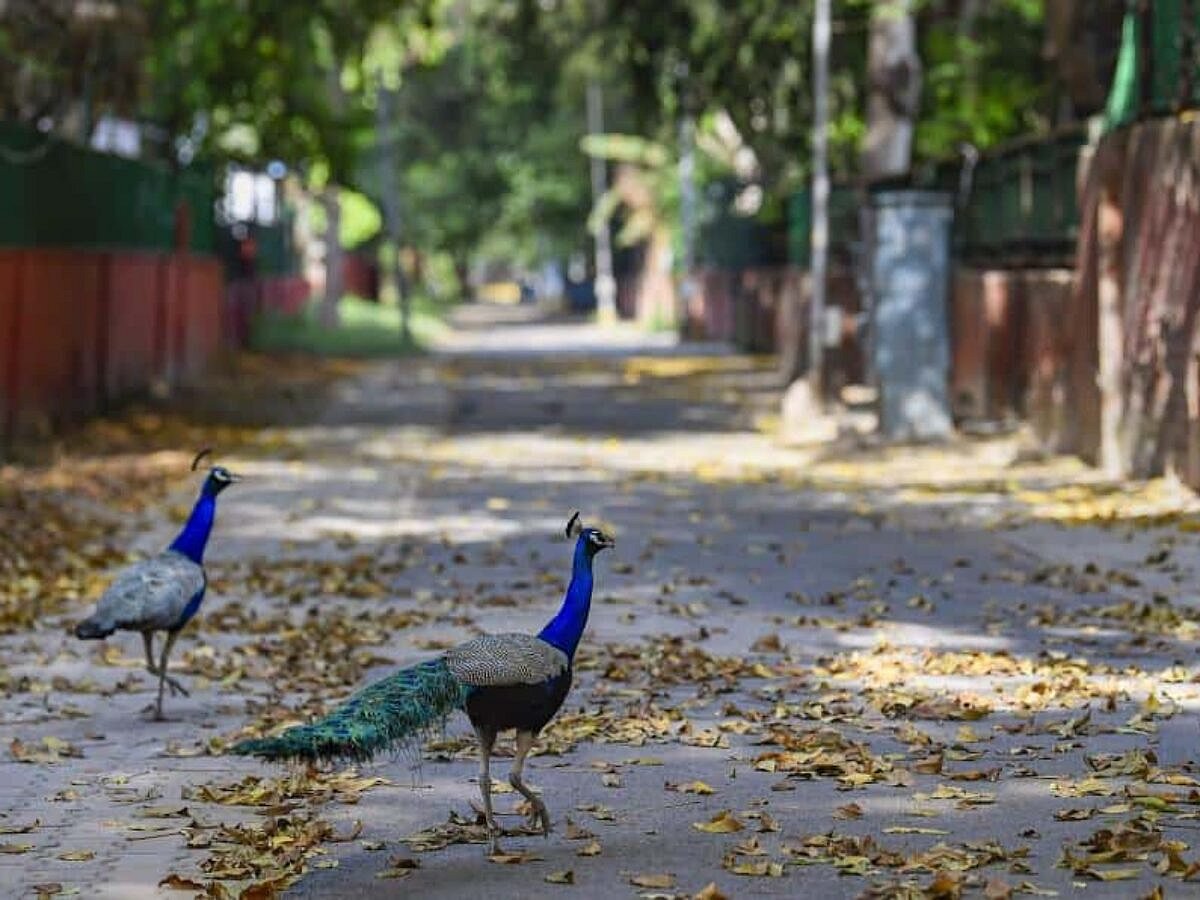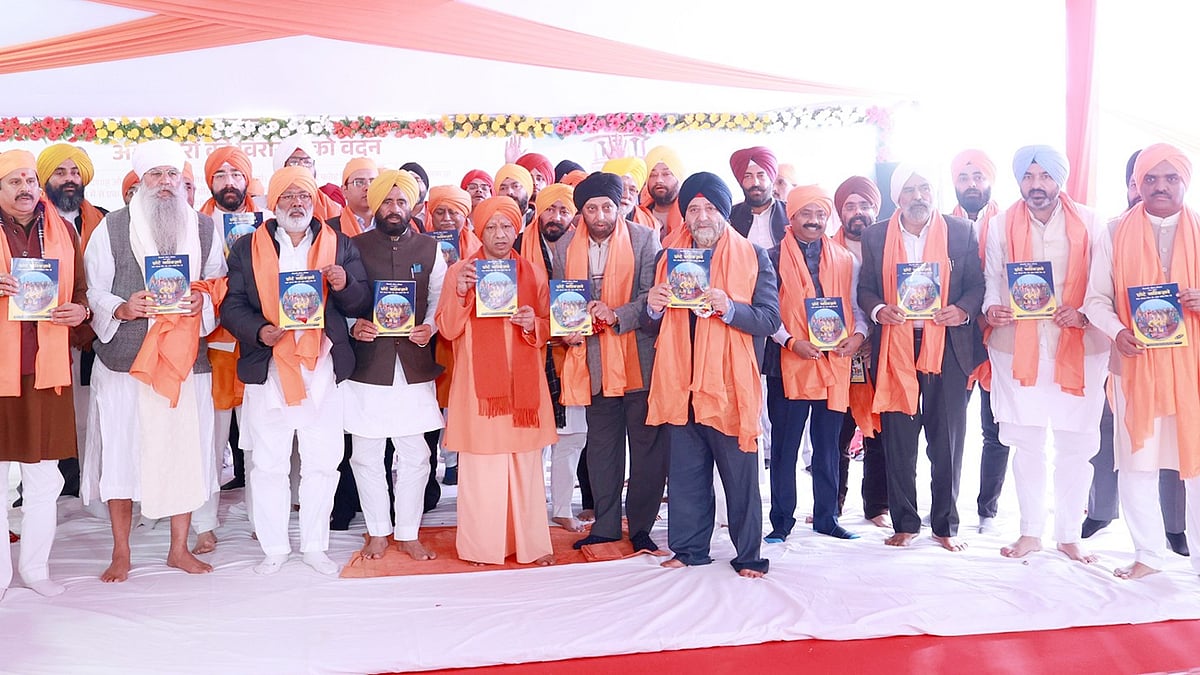Does it need to take a global pandemic for us to fathom our impact on the environment? In 2020, as human life came to a standstill, ecosystems and natural environments started to rejuvenate. Vast reductions in carbon emissions led to improved air quality in China, reduced water traffic led to clean waters in Venetian canals and Himalayan peaks were visible from cities 100 miles away.
Urban and rural boundaries became fuzzy as animals started to confidently venture out from forest areas. While Covid-19 may feel like a hindrance to humans, it has been a much-required silver lining for nature.
For the first time, human beings were locked into their homes (cages), and animals and birds roaming freely. It really makes one wonder what we are doing to other species. To land, air and water. Do we need to slay the environment in order to survive?
The pandemic created a pause — to reassess our needs, to rethink our cities, to allow nature to thrive despite the inevitable booming urbanisation.
Cities are not just engines of growth, they are also carbon exhausts, impinging on all forms of natural environment. At every stage of unlocking, as people resumed daily activities, skylines became murky again and natural habitats distrustful. Is it possible to have a pandemic-free city, but with the environmental benefits gained from lockdown?
For example, at a time when global supply chains have spoilt us for choice, the pandemic has proven that local is more than adequate for survival. Sourcing materials through global markets, which have travelled thousands of miles is a global and local environmental threat.
Instead of providing for tangible local customer bases, global producers are tackling millions of customers through immensely increased production bases. Millions of hectares of land is taken up for olive, corn, sugarcane, and palm tree plantations to meet growing global markets.
Mega-manufacturing units in Asia set up for western consumption are breaking all records of greenhouse gas emissions. Multi-million square feet online delivery warehouses are imposing large local and global carbon footprints everywhere.
Are we not able to step back to local and make “environmentally” sustainable, appropriate and affordable choices? And Mumbai is not immune to a deteriorating environment either. We have been witnessing year-on-year symptoms of climate change — cloudbursts of July 2005 and August 2017, rising summer temperatures and progressively cooler winters, two back-to-back cyclones, Nisarg, 2020 and Tauktae, 2021. Last very severe cyclonic storms were recorded over forty years ago, and ones before that in the 18th and 19th centuries.
Cyclone Tauktae took a toll on over 4,500 trees, majority non-native species, and yet Mumbai’s Development Plan 2034 strikes out the requirement of ‘indigenous’ from trees specified in the complete DP document. Mumbai comes to a standstill every monsoon due to flooding, but DP 2034 permits ad hoc concretisation over mother earth with recreation grounds on high rise podiums. Reduction in distances between buildings has led to heavy dependence on artificial lighting and ventilation to make houses livable. Can Mumbai afford to make such rookie mistakes in a 20-year Plan?
It is time to revisit the FSI as currency DP 2034 which erroneously perceives the city as a series of individual transactions. We should be changing this currency of development from FSI to carbon footprints. Localised solutions for sewage treatment, water recycling and solid waste management can be incorporated at street and neighbourhood levels should reduce the burden on the city’s networks.
It’s no longer about penalising one violator, each one of us is responsible. The less greed we have, more the environment can thrive. Over the course of the last 15 months of pandemic, our needs have been minimal, global travel reduced, consumption at an all-time low and yet we continue to survive. And survive well. On this World Environment Day, lets attempt a post-Covid living with gained insight and more sensitivity towards our environment.
(Pankaj Joshi is Principal Director, and Urmi Kenia is Director of Urban Centre, Mumbai)



.jpeg)






